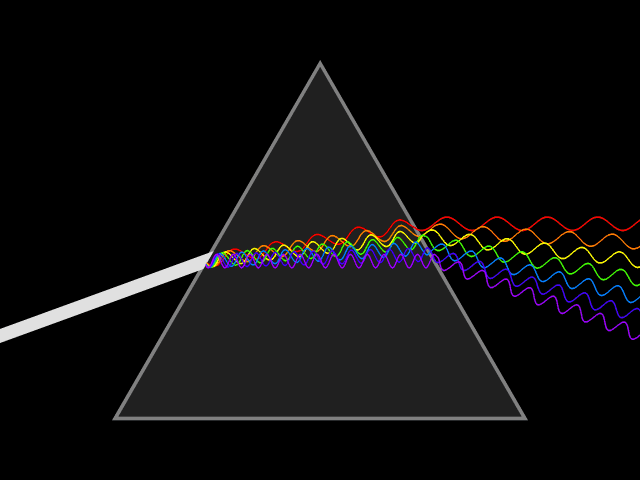
The General theory of relativity, in which gravity is born due to the curvature of space-time, wonderful. It was confirmed with an incredible level of precision, in some cases up to fifteen decimal places. One of the most interesting predictions was the existence of gravitational waves: ripples in space-time which is freely distributed. Not so long ago these waves were caught by the detectors LIGO and VIRGO.
And there is still a lot of questions, the answers to which we do not have. Quantum gravity could help to find them.
We know that General relativity is incomplete. It is well manifests itself when quantum effects of space-time, completely invisible, and it is almost always. But when quantum effects of space-time become large, we need a better theory: the theory of quantum gravity.

Illustration of an early Universe composed of quantum foam, when quantum fluctuations was huge and was evident at the smallest scale
Since we have not yet made up a theory of quantum gravity, we don’t know what is space and time. We have a few suitable theories for quantum gravity, but none of them have been accepted widely. However, on the basis of existing approaches, we can imagine what can happen with space and time in the theory of quantum gravity. Physicist Sabine Hassinger gathered ten amazing examples.
1) In quantum gravity in space-time will be wild fluctuations even in the absence of the substance. In the quantum world, the vacuum is never at rest, as well as space and time.

At the small quantum scale, the universe may be full of tiny microscopic black holes with small masses. These holes can connect or grow inside in a very interesting manner
2) a Quantum space-time can be filled with microscopic black holes. Moreover, it can be a wormhole or to be born of the infant universe as small bubbles that detach from the parent universe.
3) And since this is quantum theory, space-time can do all this at the same time. It can simultaneously create an infant universe, and not to create it.

The fabric of space-time can not be fabric, and consist of discrete components that seem continuous fabric on a large macroscopic scale.
4) In most approaches to quantum gravity, space-time is not fundamental but consists of something else. These can be strings, loops, options qubits or “atoms” of space-time that appear in the approaches of condensed matter. Individual components can be disassembled only by the application of higher energies, far beyond those available on Earth.
5) some approaches from condensed matter space-time has the properties of a solid or liquid body, i.e. it can be elastic or viscous. If this is true, seeing the inevitable consequences. Physicists are currently looking for the traces of such effects in itinerant particles, i.e. light or electrons, which reach us from outer space.

Schematic animation of a continuous beam of light scattered by a prism. In some approaches to quantum gravity space can act as a dispersive medium for different wavelengths of light
6) Space-time can influence how light passes through it. It may not be completely transparent, or different colors of light can move at different speeds. If quantum space-time affects the distribution of light, it also can be observed in future experiments.
7) Fluctuations of space-time can destroy the ability of light from distant sources to create interference patterns. This effect is sought and not found, at least in the visible range.

Light through two thick slits (top), two slits (in the center) or one thick gap (bottom), demonstrates interference, pointing to its wave nature. But in quantum gravity some properties of the expected interference may be impossible
8) In areas of strong curvature time can turn into space. This may occur, for example, inside black holes or at the big Bang. In this case, the known space-time with three spatial and one temporal dimensions, and can turn into a four-dimensional “Euclidean” space.

Connecting two different locations in space or time through the wormhole remains only a theoretical idea, but it can be not just interesting, but also inevitable in quantum gravity
Space-time can be nonlocal is associated with tiny wormholes that permeate the entire universe. Such nonlocal connections must exist in all approaches, whose basic structure is not the geometric kind of graph or network. This is because in such cases the concept of “proximity” is not fundamental, but derived and imperfect, so that remote areas can be randomly associated.
10) it is Possible to combine quantum theory with gravity, we need to update not gravity, and the quantum theory. If so, the consequences will be far-reaching. Since quantum theory is the basis of all electronic devices, its revision will open up entirely new opportunities.
Although quantum gravity is often regarded as a purely theoretical idea, there are many opportunities for experimental verification. We all travel through space-time each day. His understanding can change our lives.
10 mysteries of space-time, which will be able to solve quantum gravity
Ilya Hel